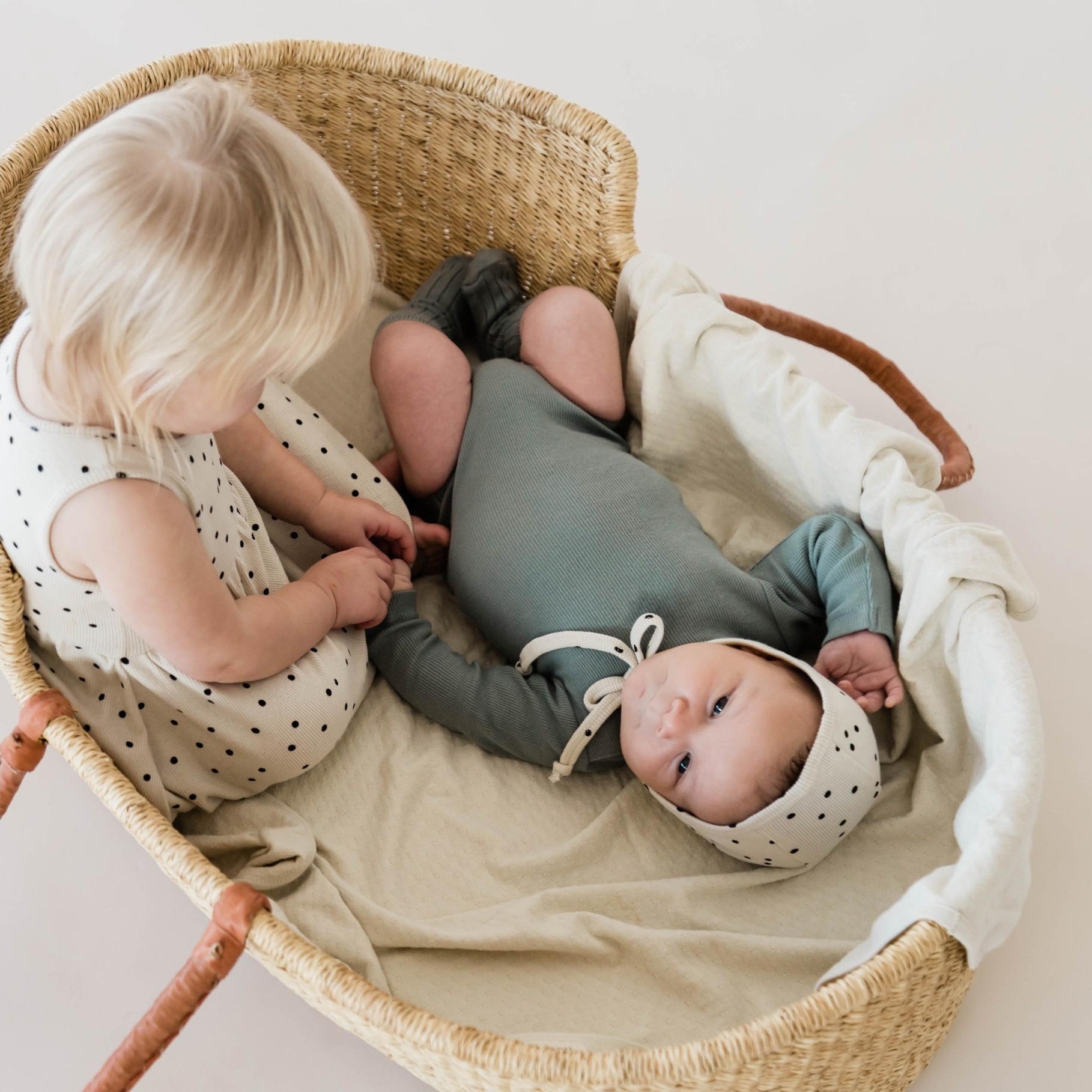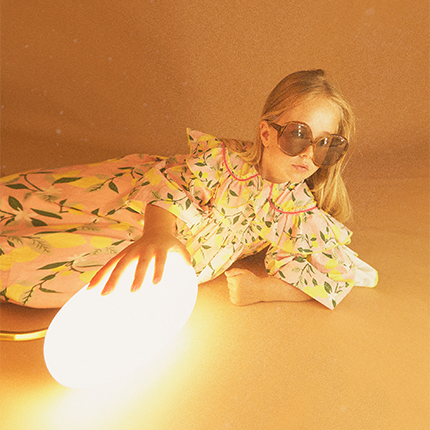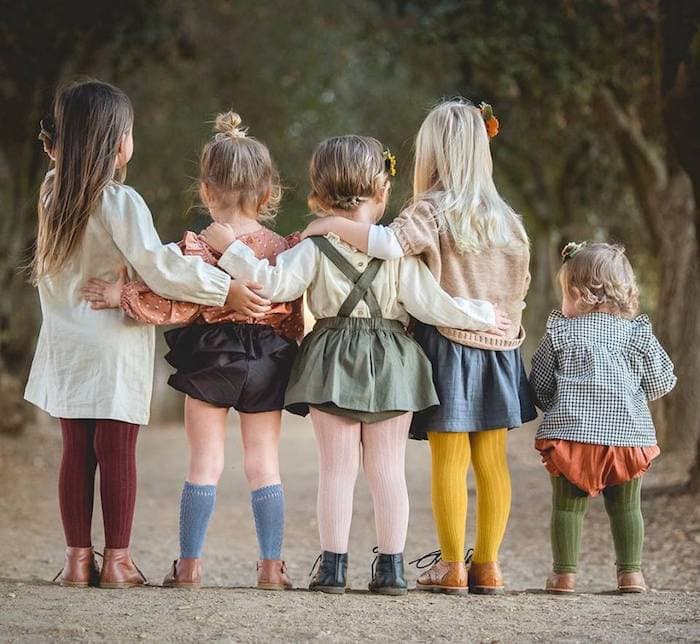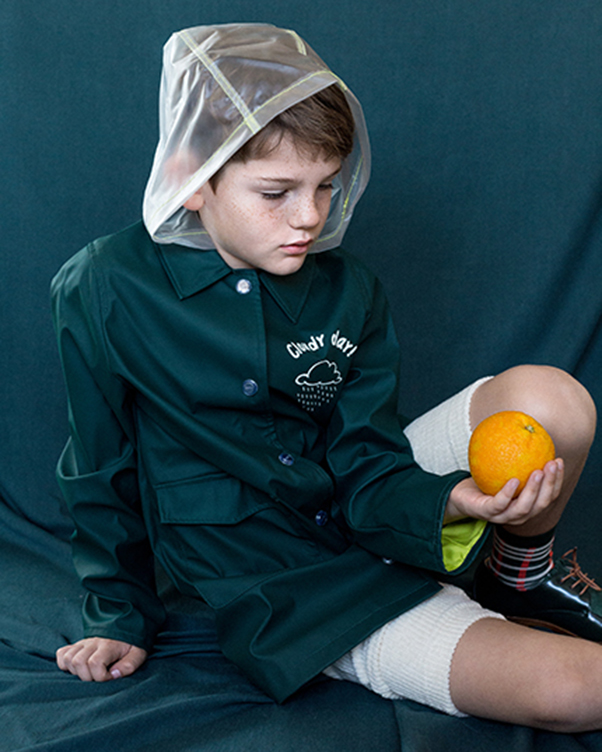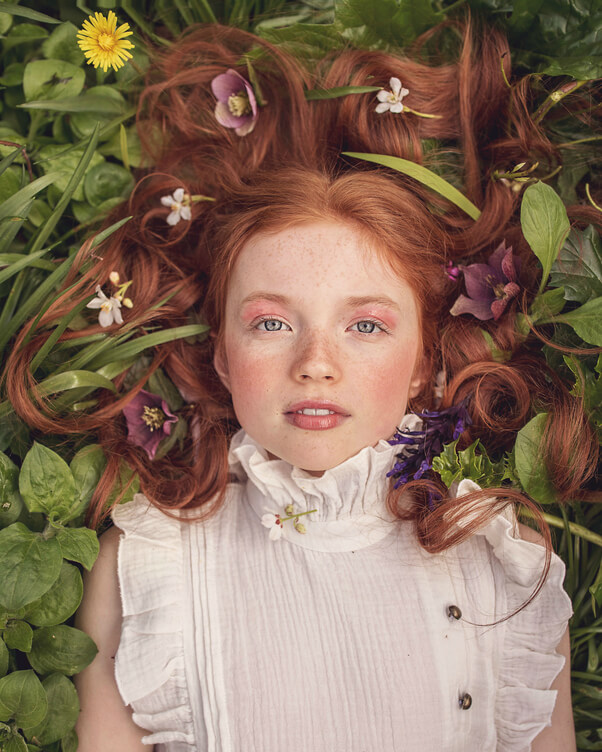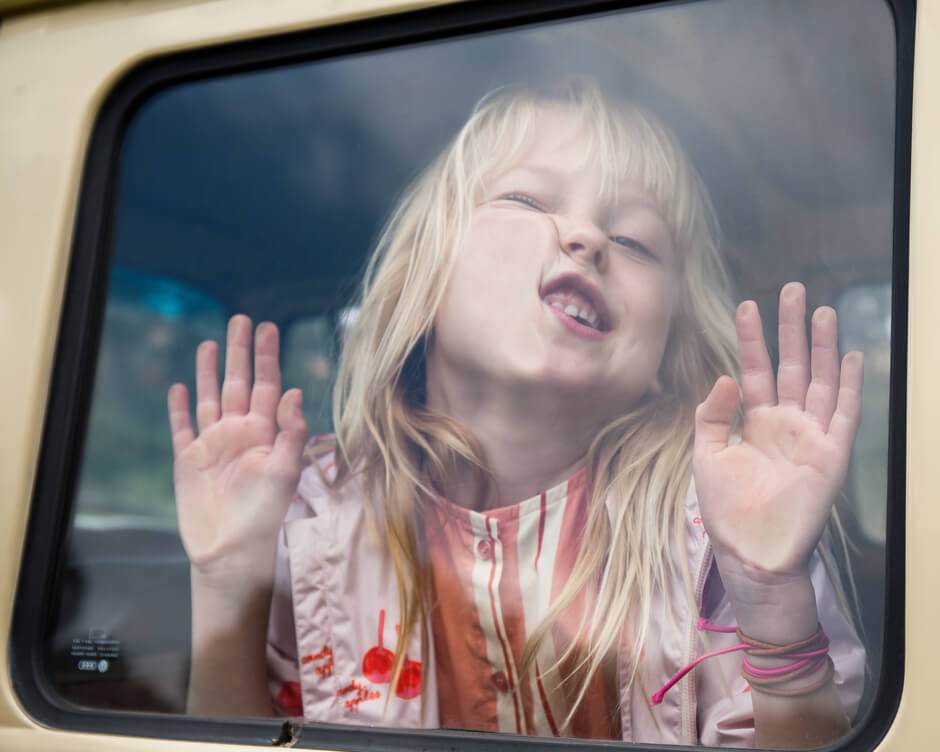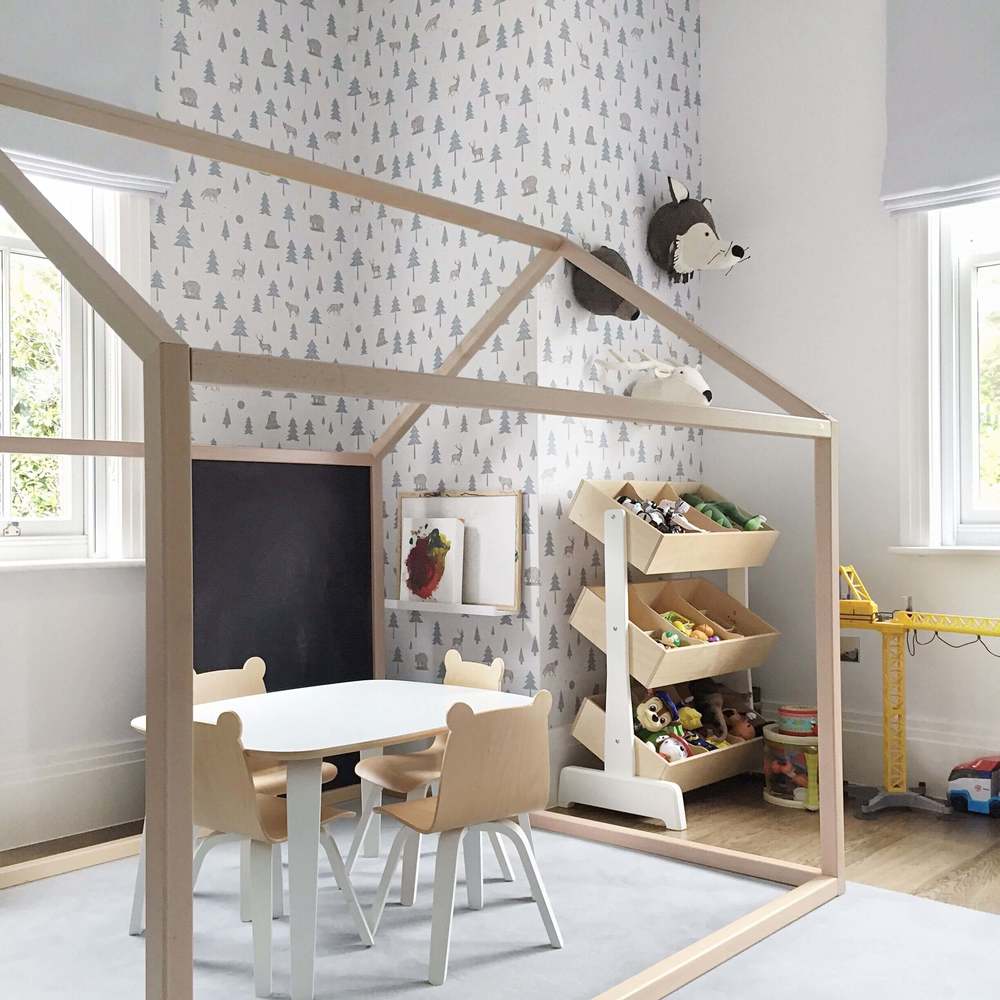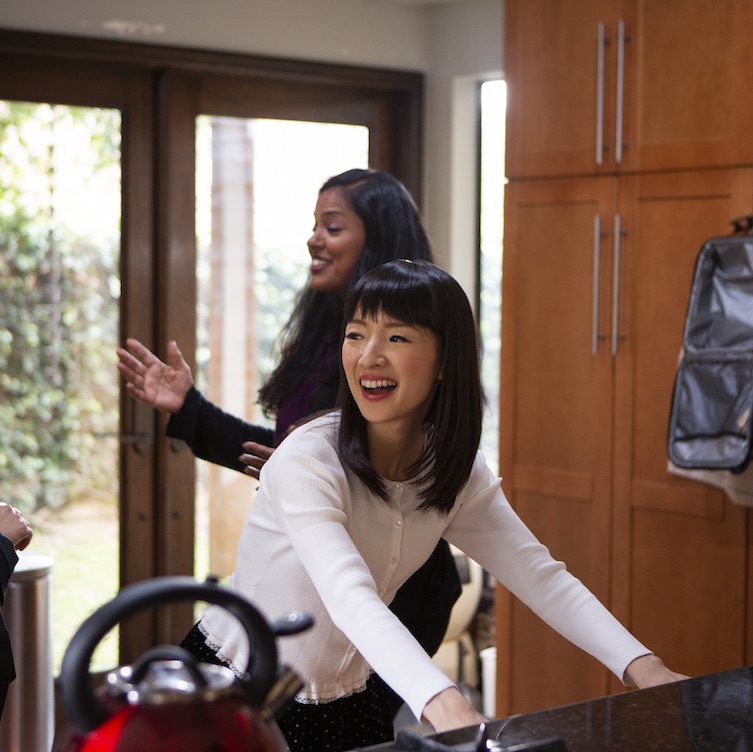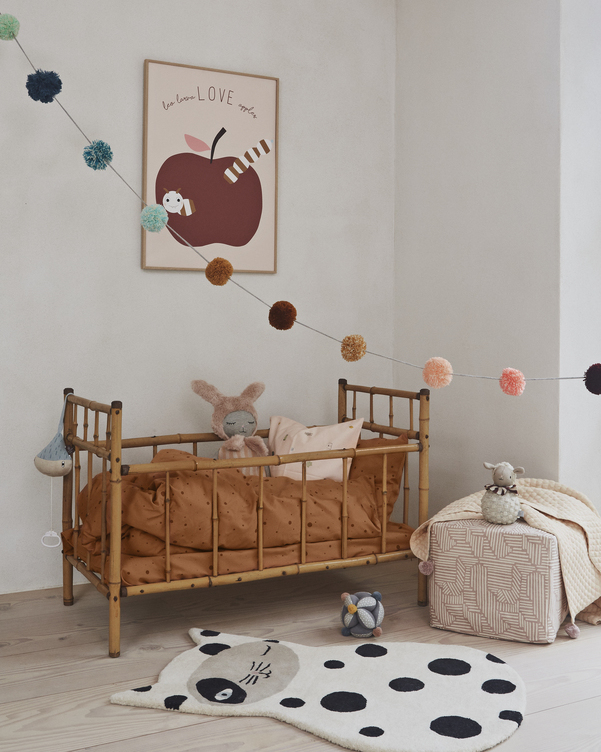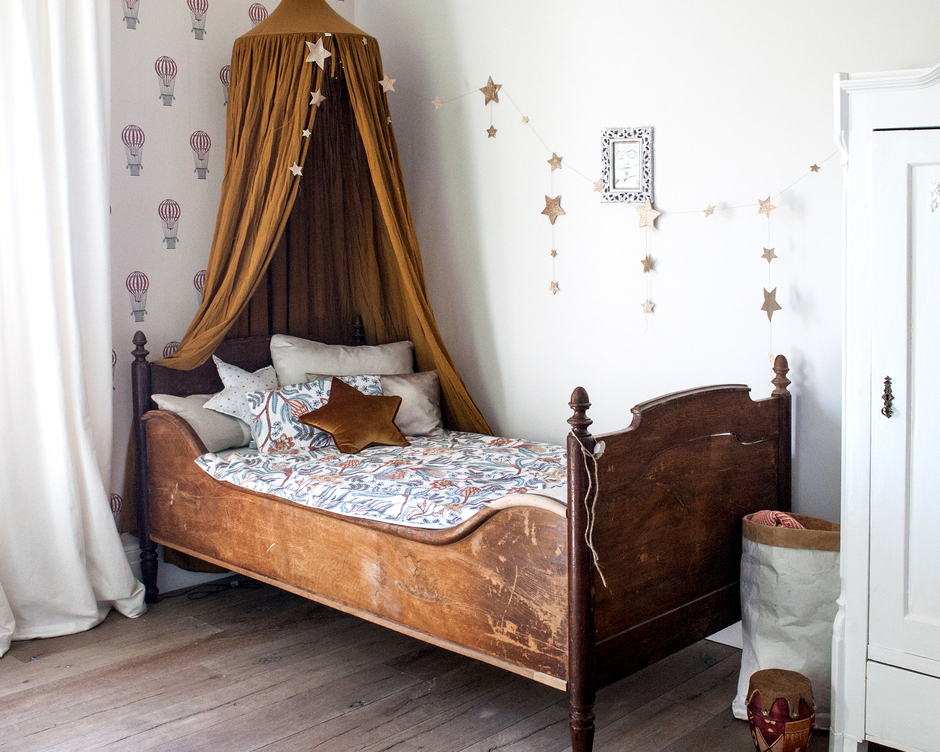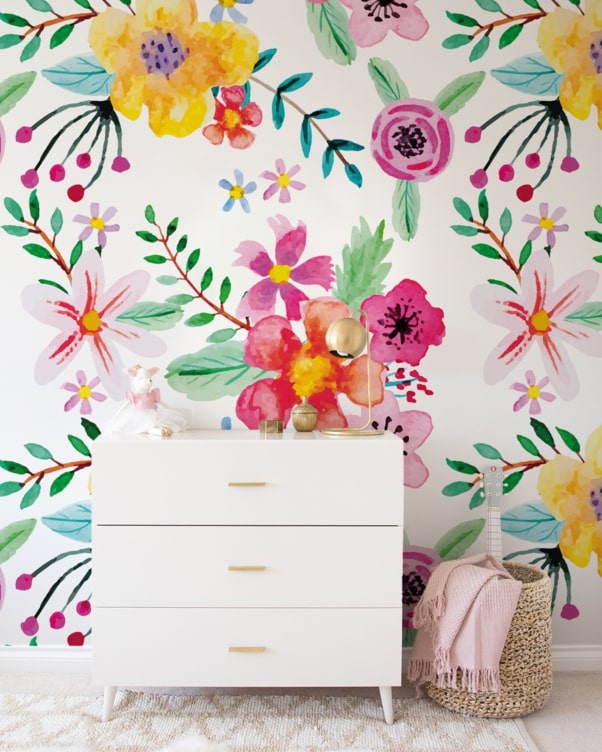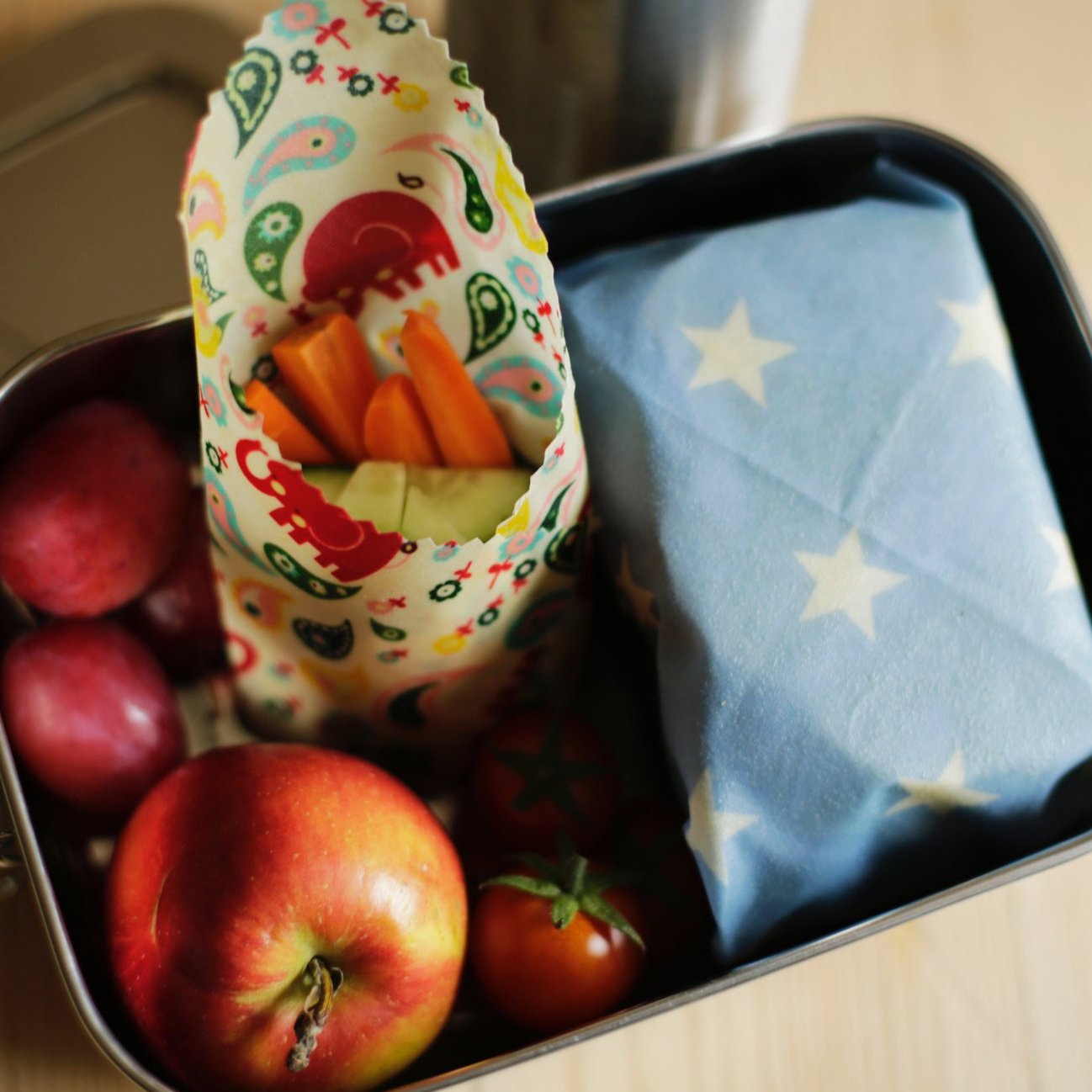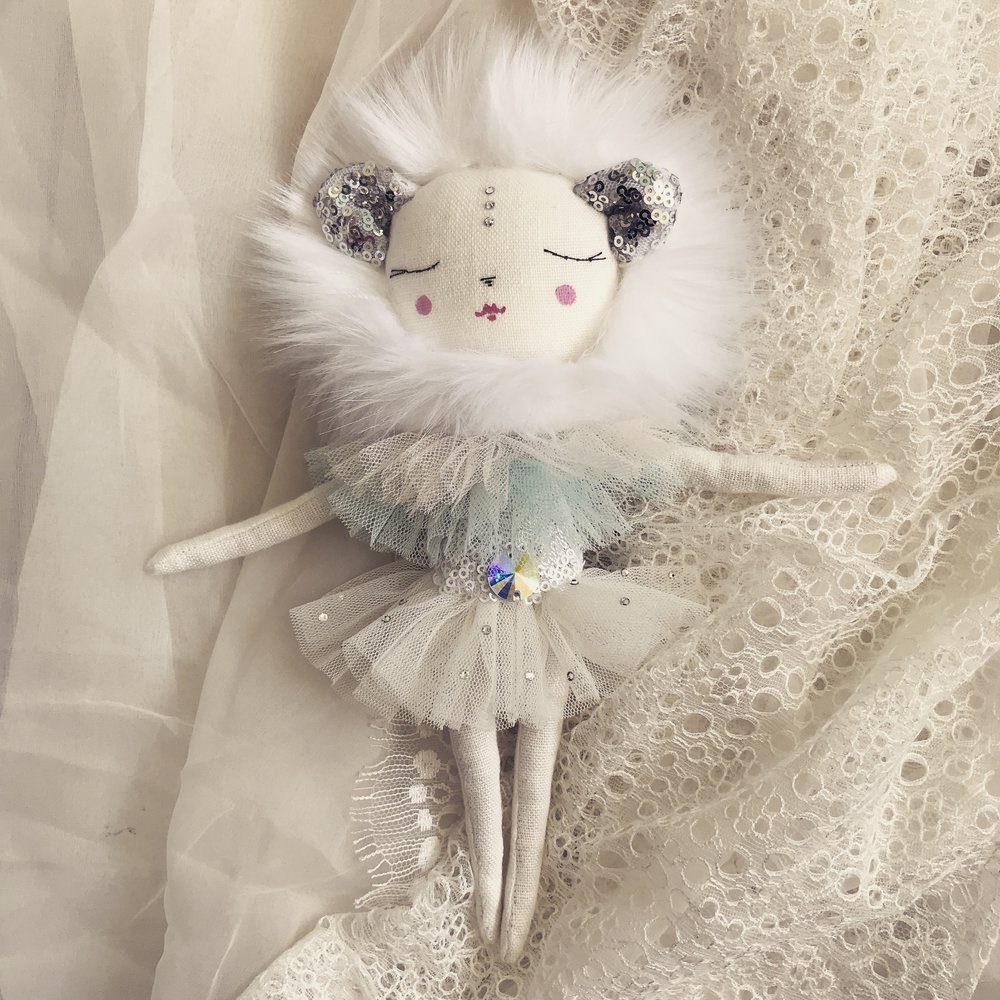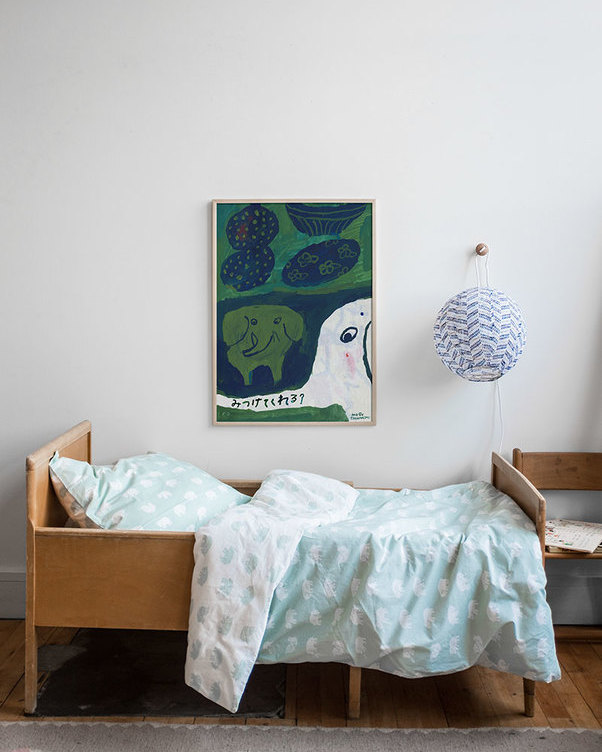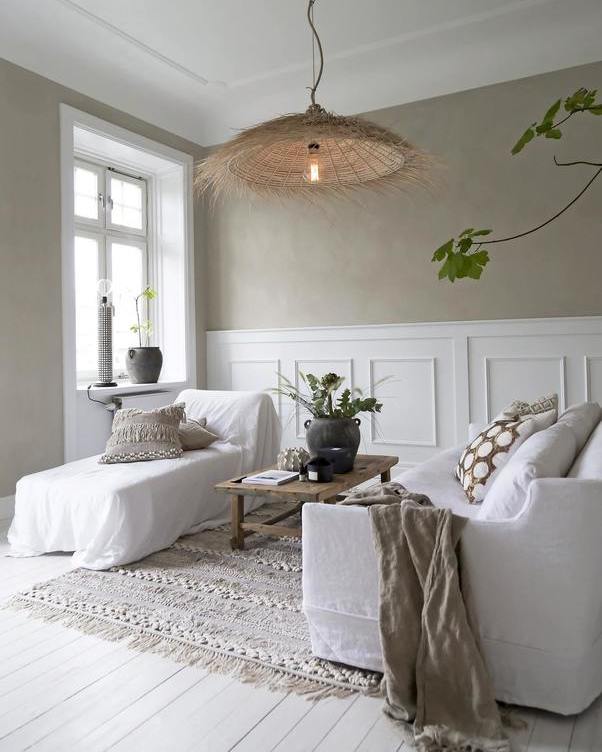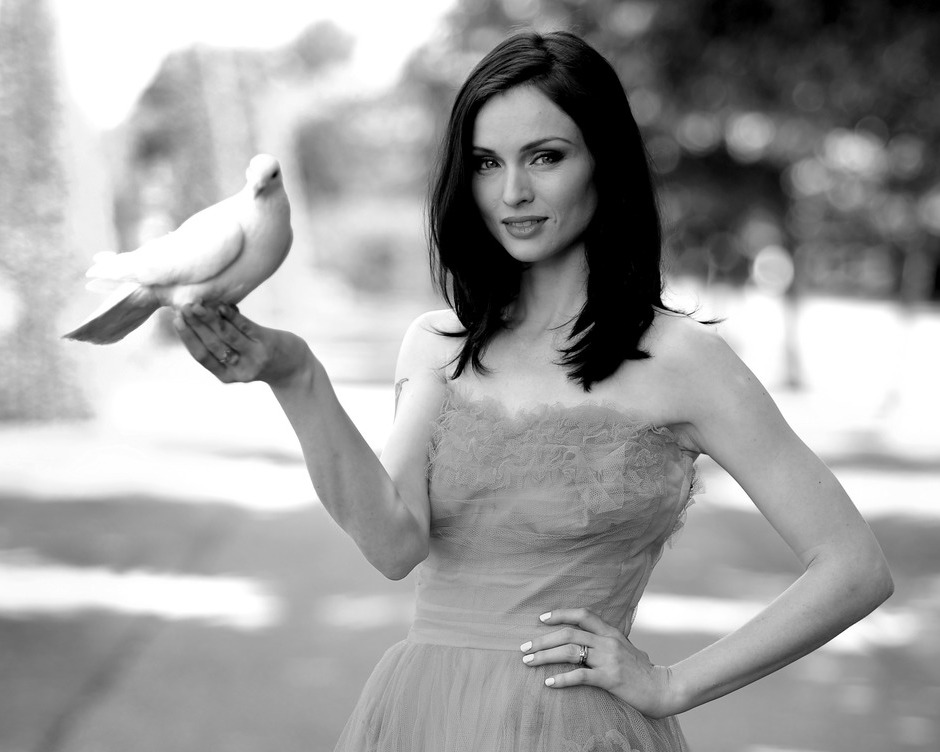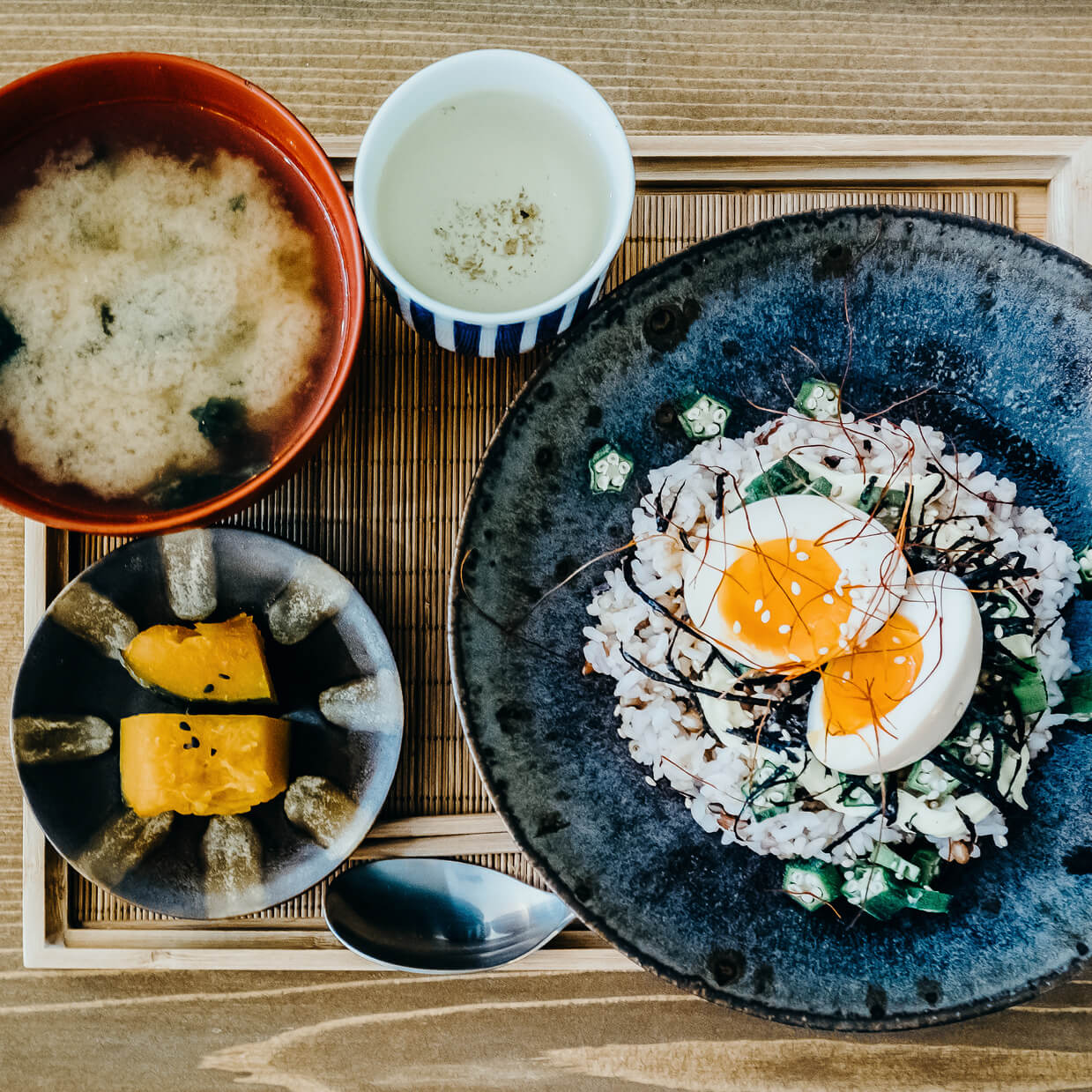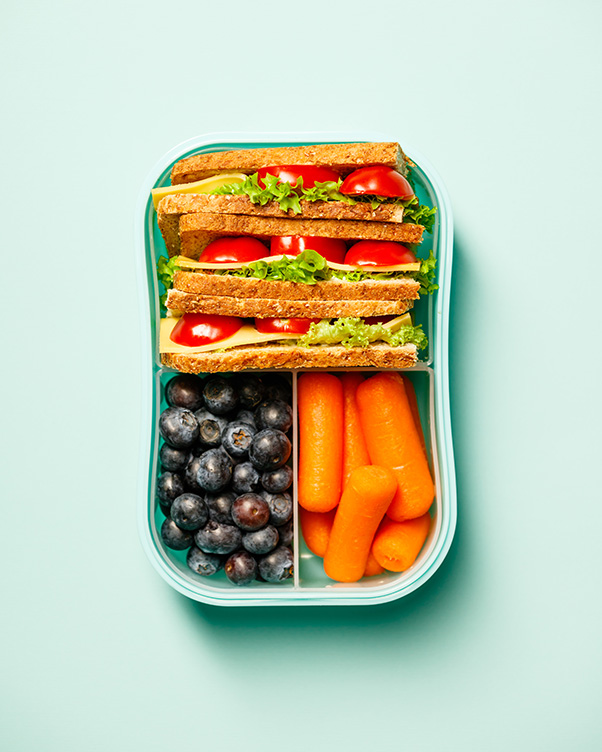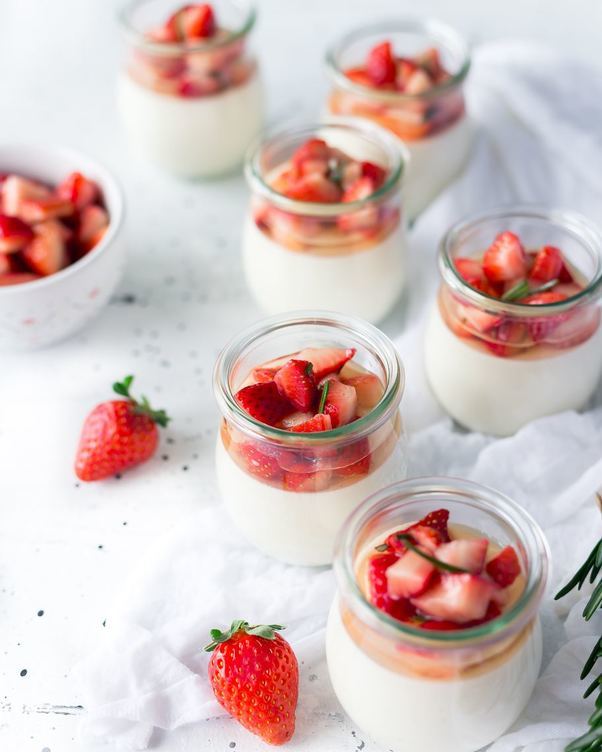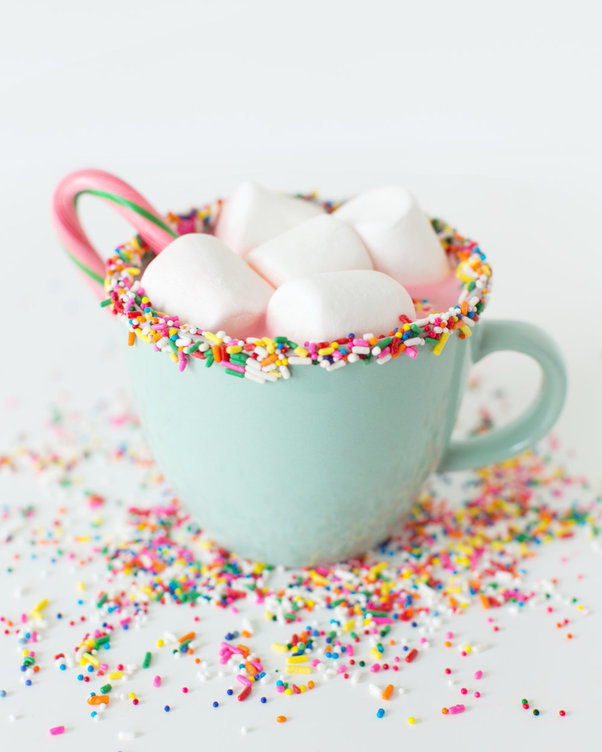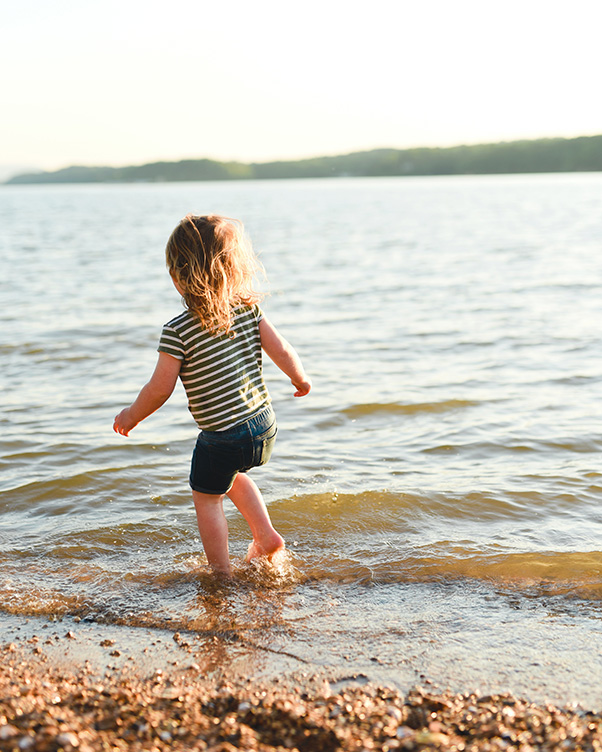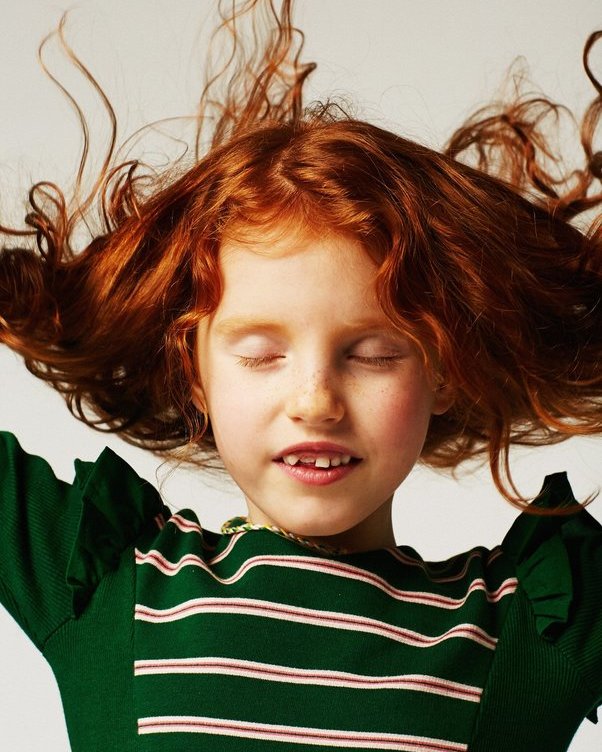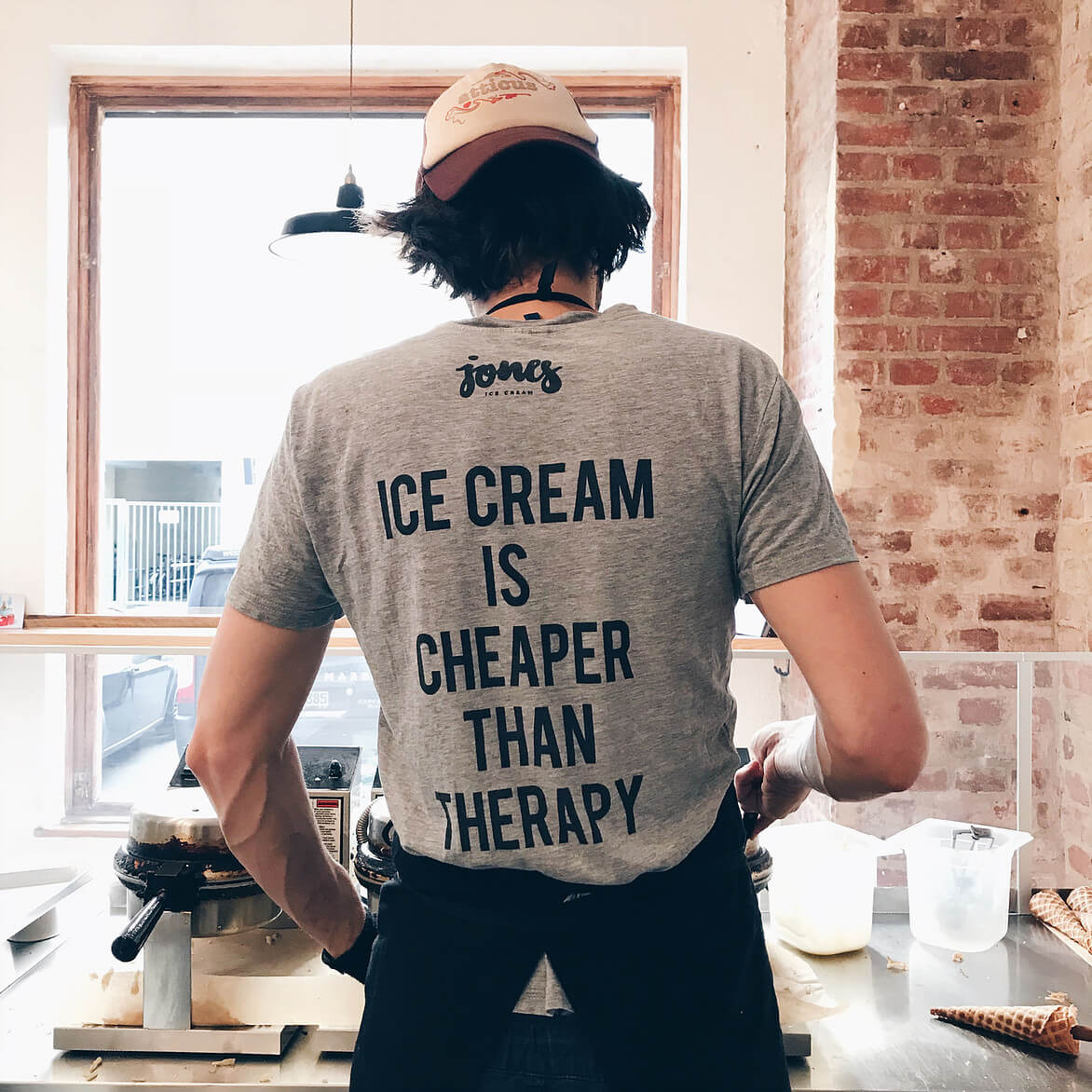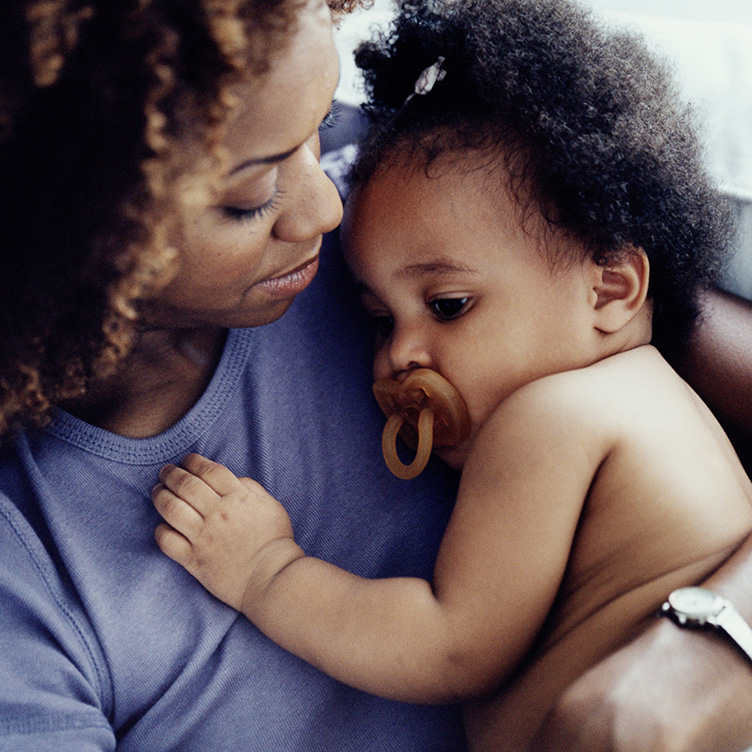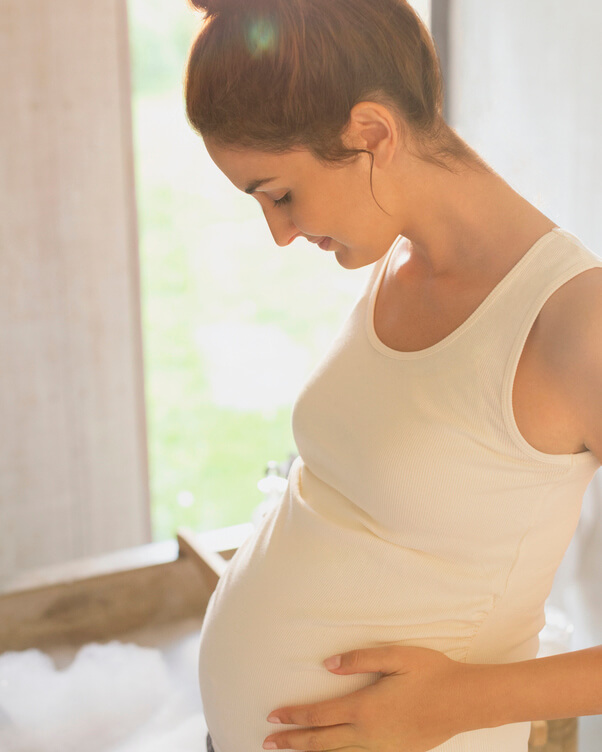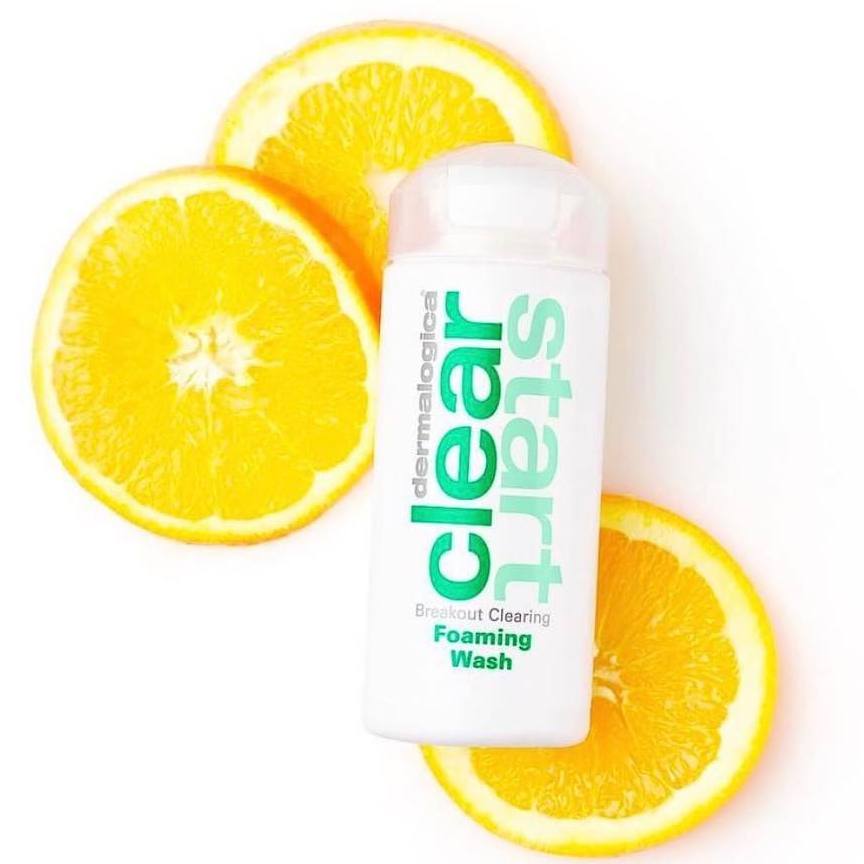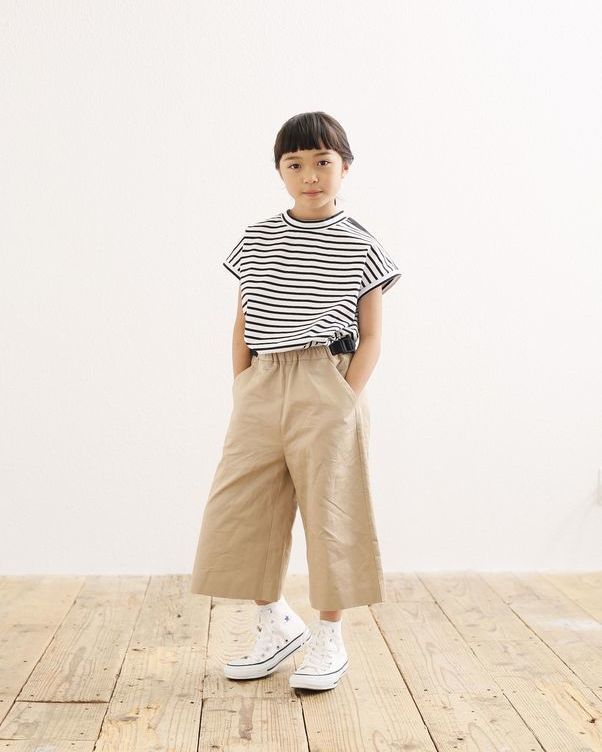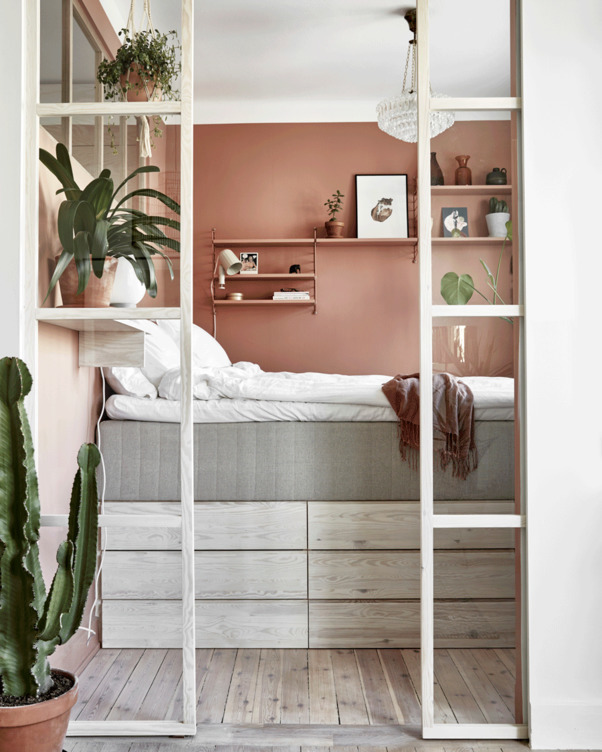
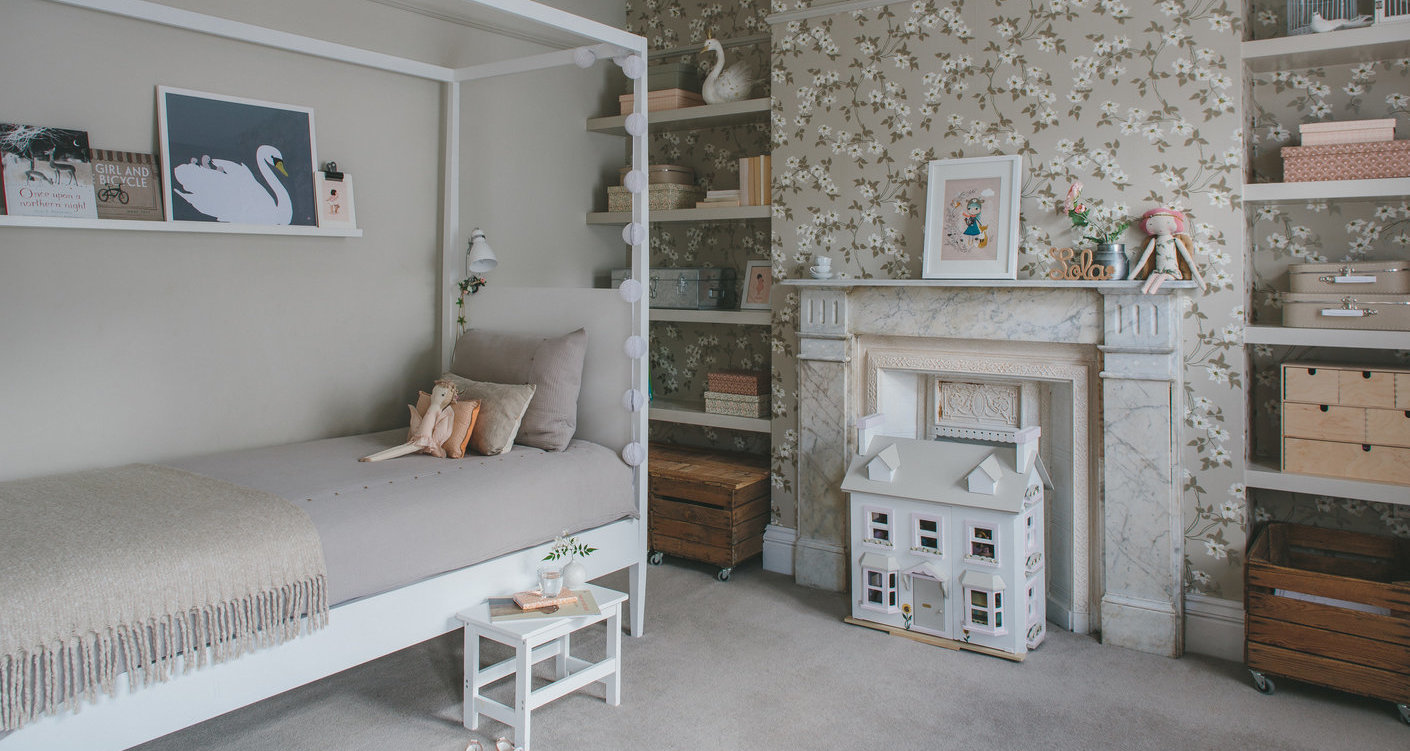
Decluttering children’s spaces
DESIGN, Decoration
Here in London the occasional ray of sun sparks thoughts of home improvement and decoration. Spring – still a few months away – is the perfect time for a refresh of the kids’ rooms.
But before you go off to collect paint charts and wallpaper samples, stop for a minute to think about what you and the kids can let go of first. There’s absolutely No Better Way to blow new life into your children’s bedrooms than a good old clear-out.
Grappling with clutter
Clutter, and a perceived or real lack of storage, is the number one issue most of my clients grapple with. Which usually leads to a discussion about where to store the kids’ possessions. Opinions are divided. Do you belong to those who believe a bedroom is for sleeping, and that it should be free of toys (bar a few personal possessions and books)?
Then most of your children’s toys and books will have to find a place in a family area or a dedicated playroom – if you’re lucky enough to have one. If you don’t, you might belong to the other camp who long to turn their living room back into a toy-free zone after the kids go to bed. And thus prefer to store the bulk of the kids’ possessions in their bedrooms. For most of us, it ends up being a bit of both. Which brings us back to clutter and how to deal with it.
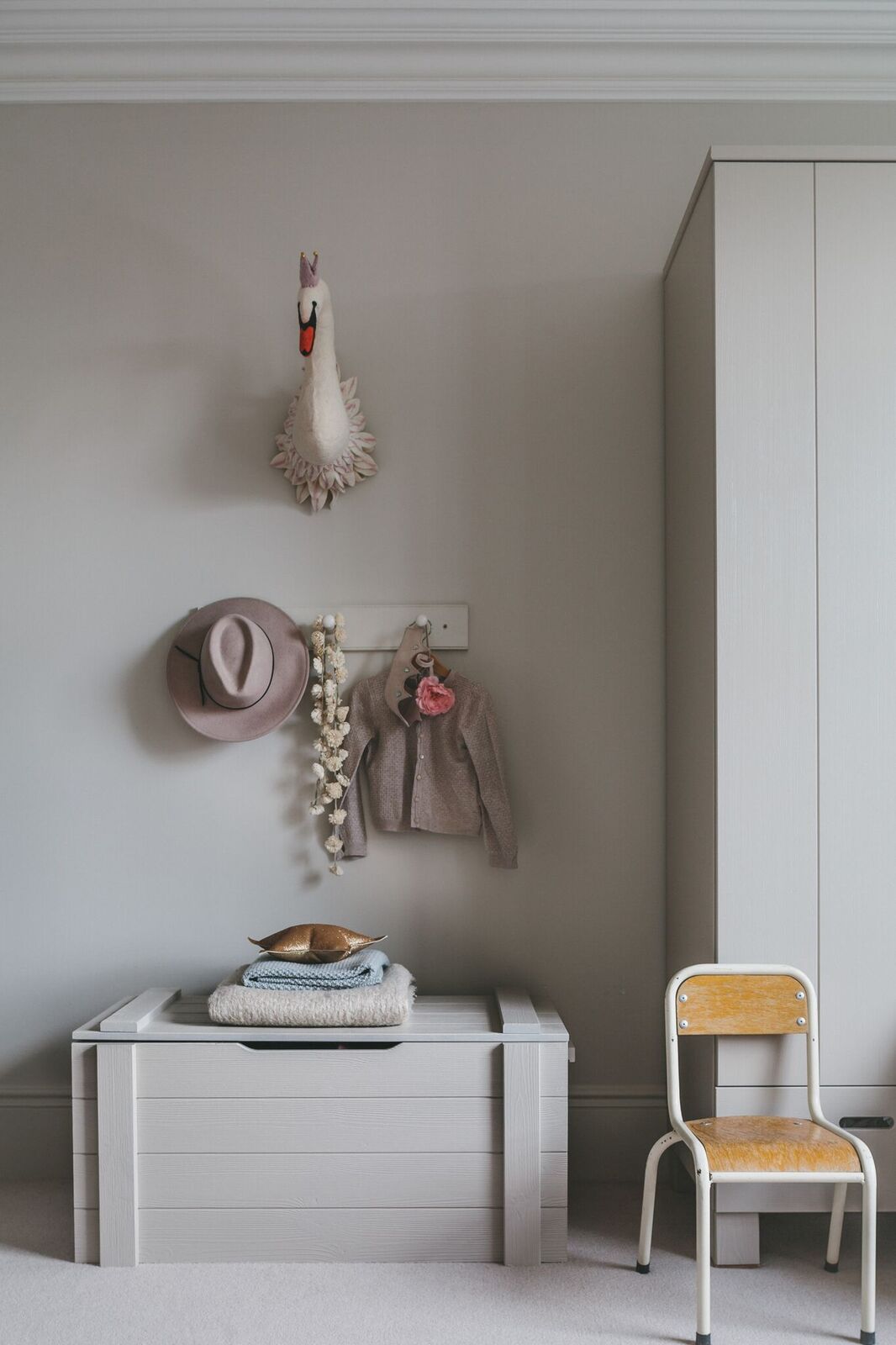
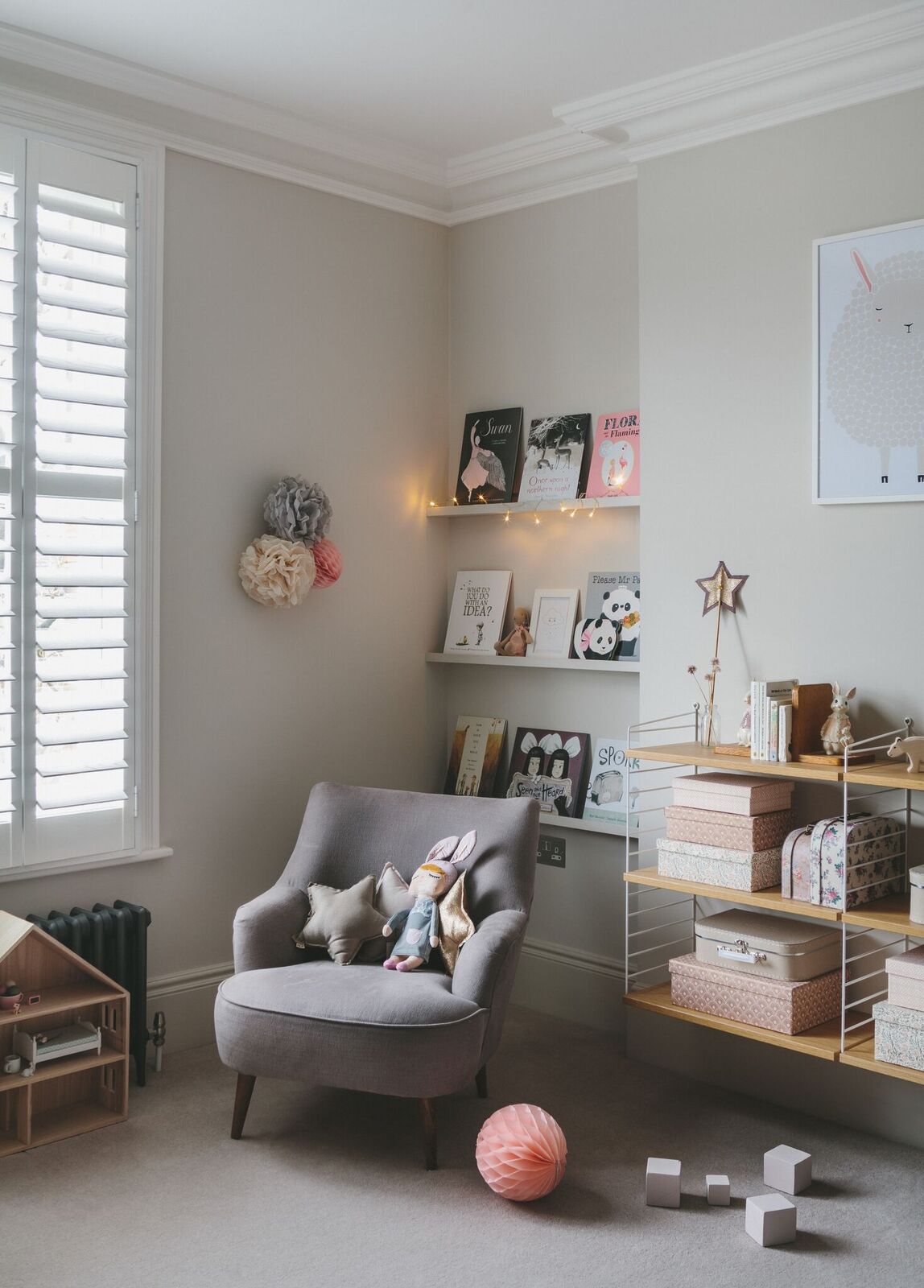
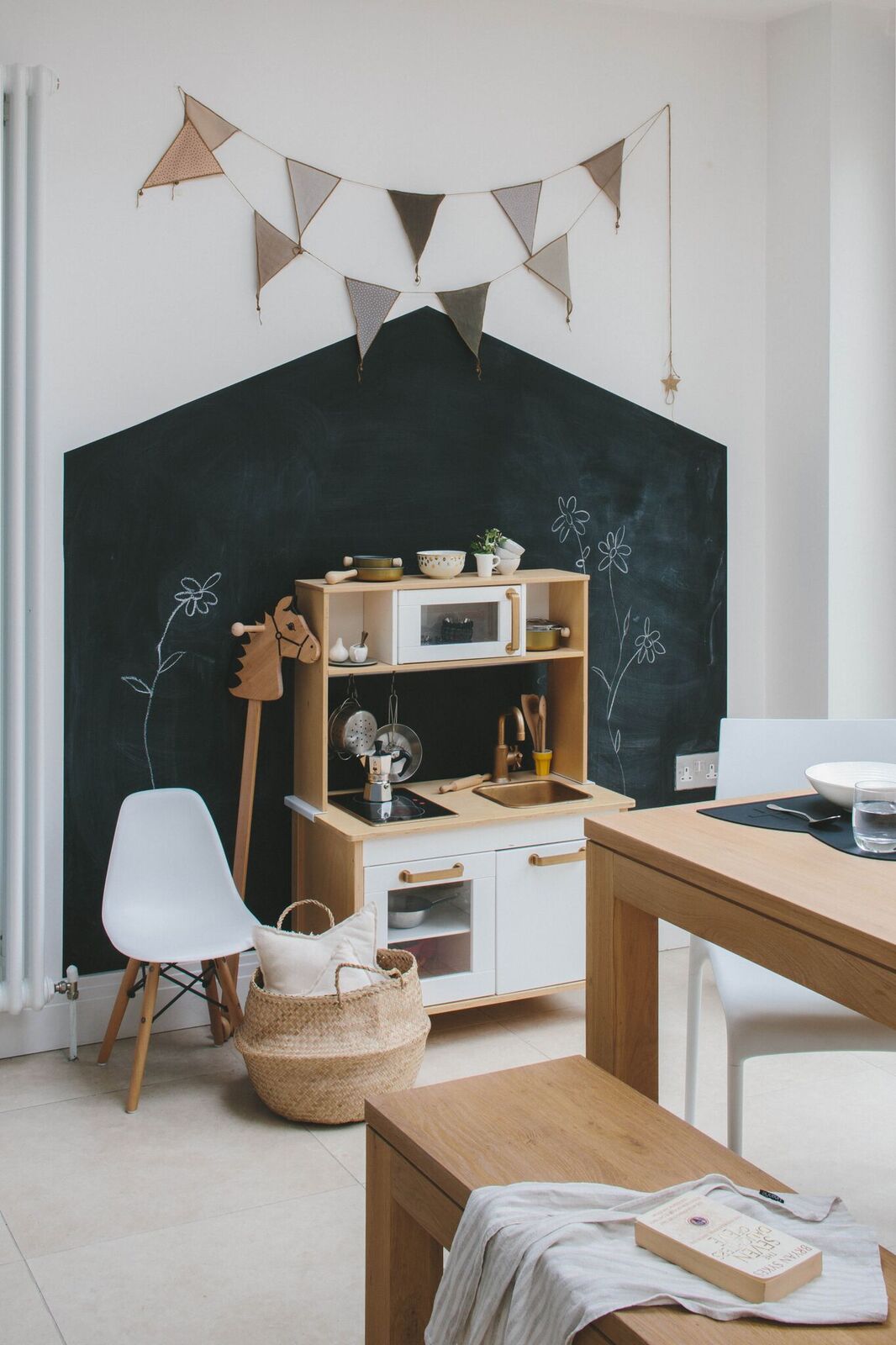
Getting rid of stuff
I personally believe that increasing storage is not the answer, unless there is a real lack of it. The route to a relatively clutter-free kid’s room or family space is fewer toys, games and books. Yes, I said it – books too. Having more out than your child will play with or read in a month or so, is not conducive to creative play (and any play may just lure them away from tablets and TV!). Too much stuff in sight simply overwhelms the senses and reduces the ability to choose what to play with. When things are regularly rotated, more toys that lay forgotten at the back of cupboards have a chance to be played with. Thus offering new experiences.
So, to make a long story short: start getting rid of stuff.
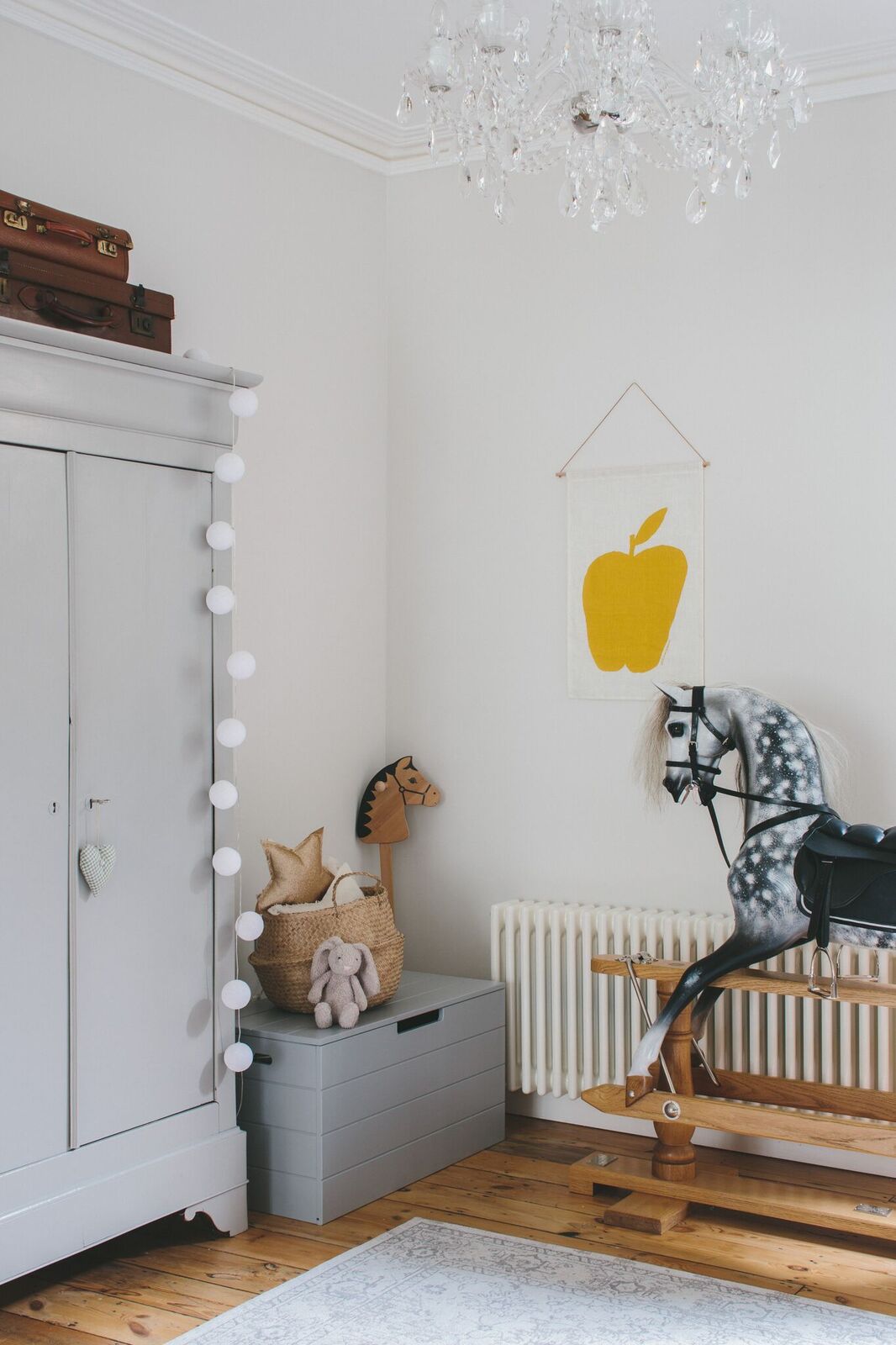
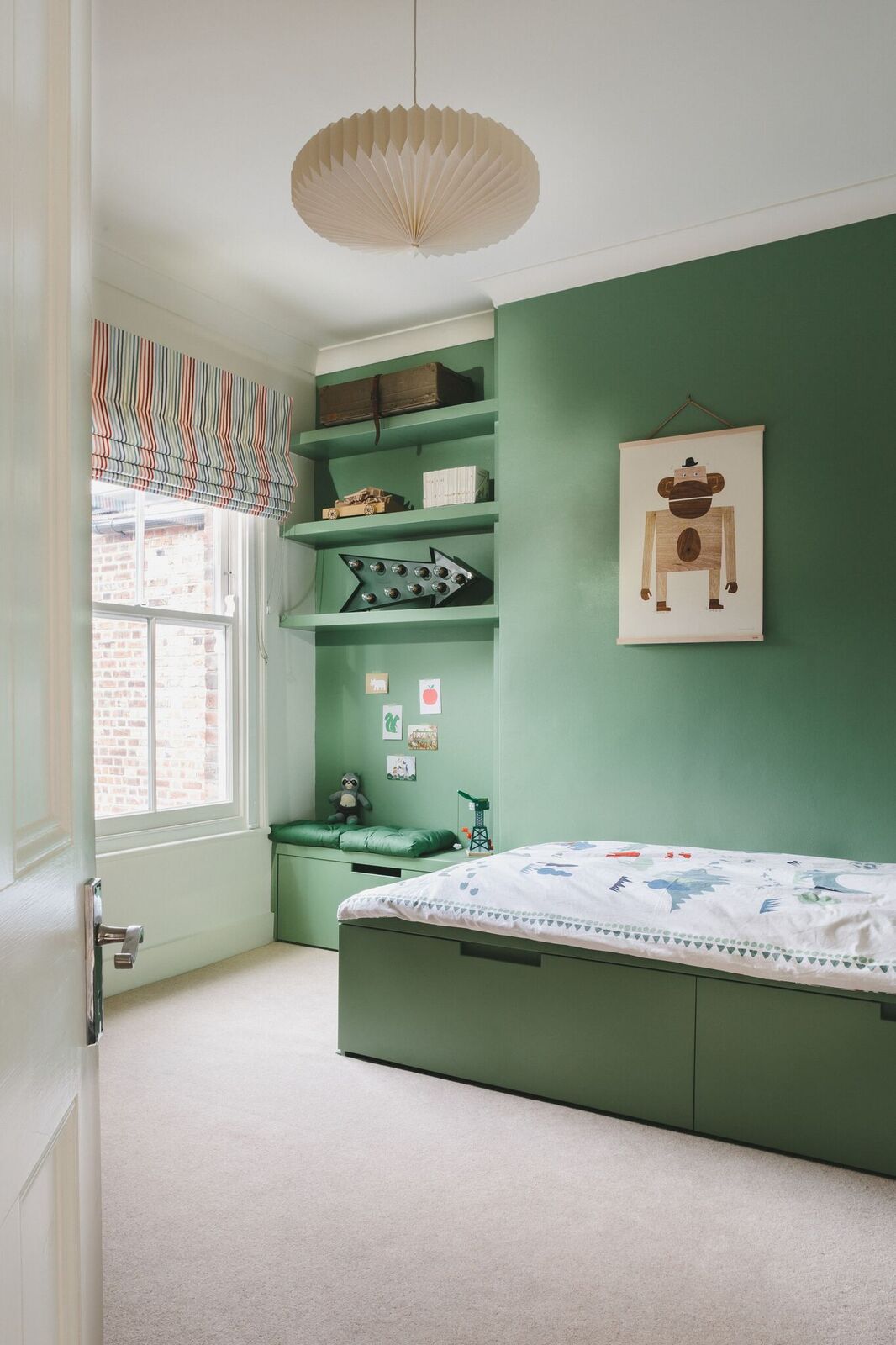

How to control clutter?
There’s a few approaches to keeping on top of the clutter – not every method suits all, but give them a try.
One in, one-out:
The rule to remove one thing for every new item that comes into the house is a simple one, but it does require discipline. If taught from an early age, there’s no need to sneak long forgotten toys out, hoping that the kids won’t notice. It can be a family rule.
Clear-out:
A regular clear-out can also work. Say, every few months, when things are starting to pile up. If you’ve taught the children from a young age that it’s a good thing to let go of unwanted stuff, you can do this together. (It may get a new leash of life elsewhere and be enjoyed by others.) If not, you’re best off doing it alone if you want to make life easy. To safeguard against potential dramas when someone notices a toy has disappeared, I would advise to keep the session’s cull in a well hidden place. If after a year no-one has noticed, they can be safely disposed of. Charity shops, recycling centres, or selling them are all good options. Do put an end date on such endeavours, or you may end up living with them for another few years.
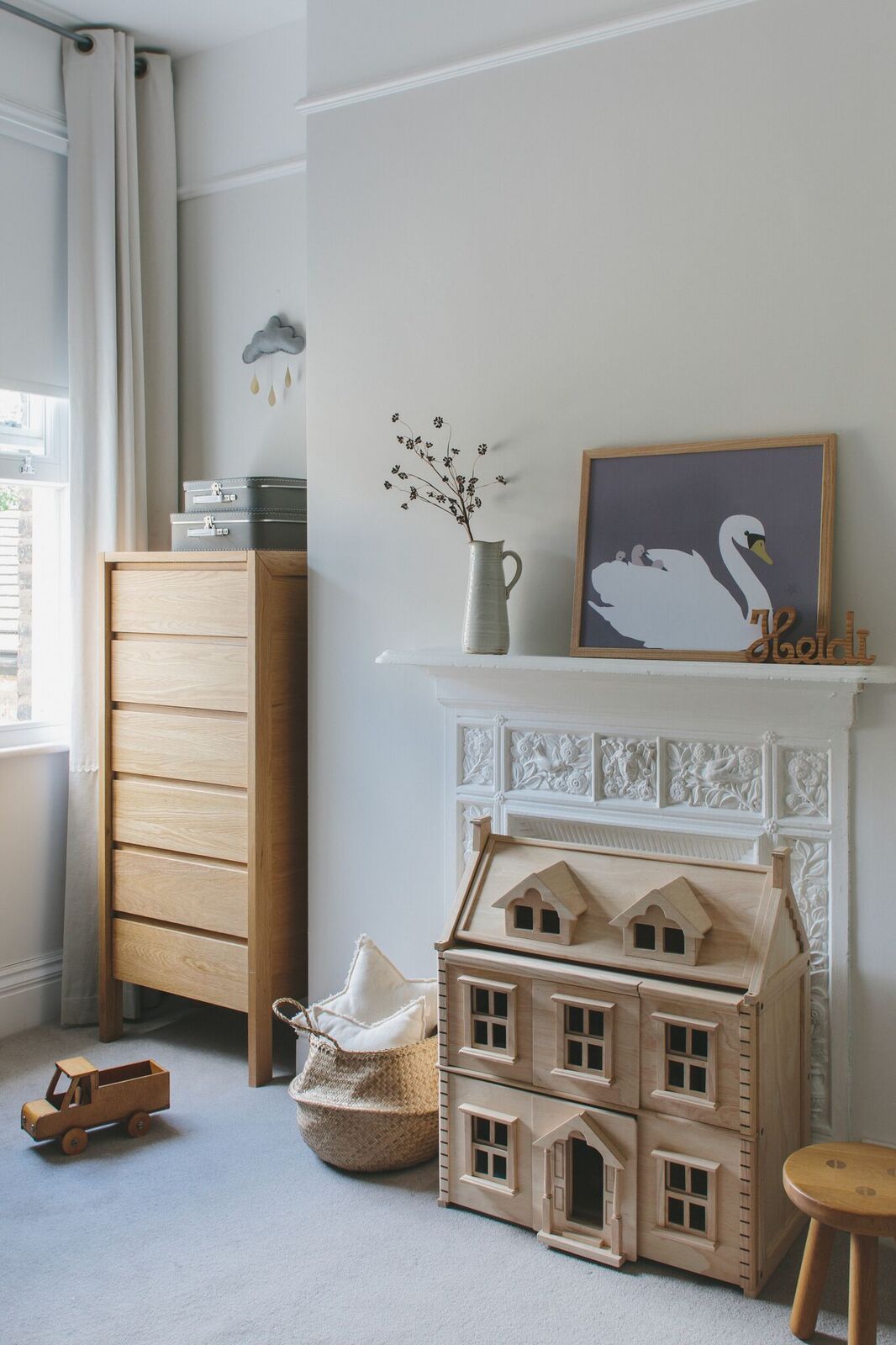
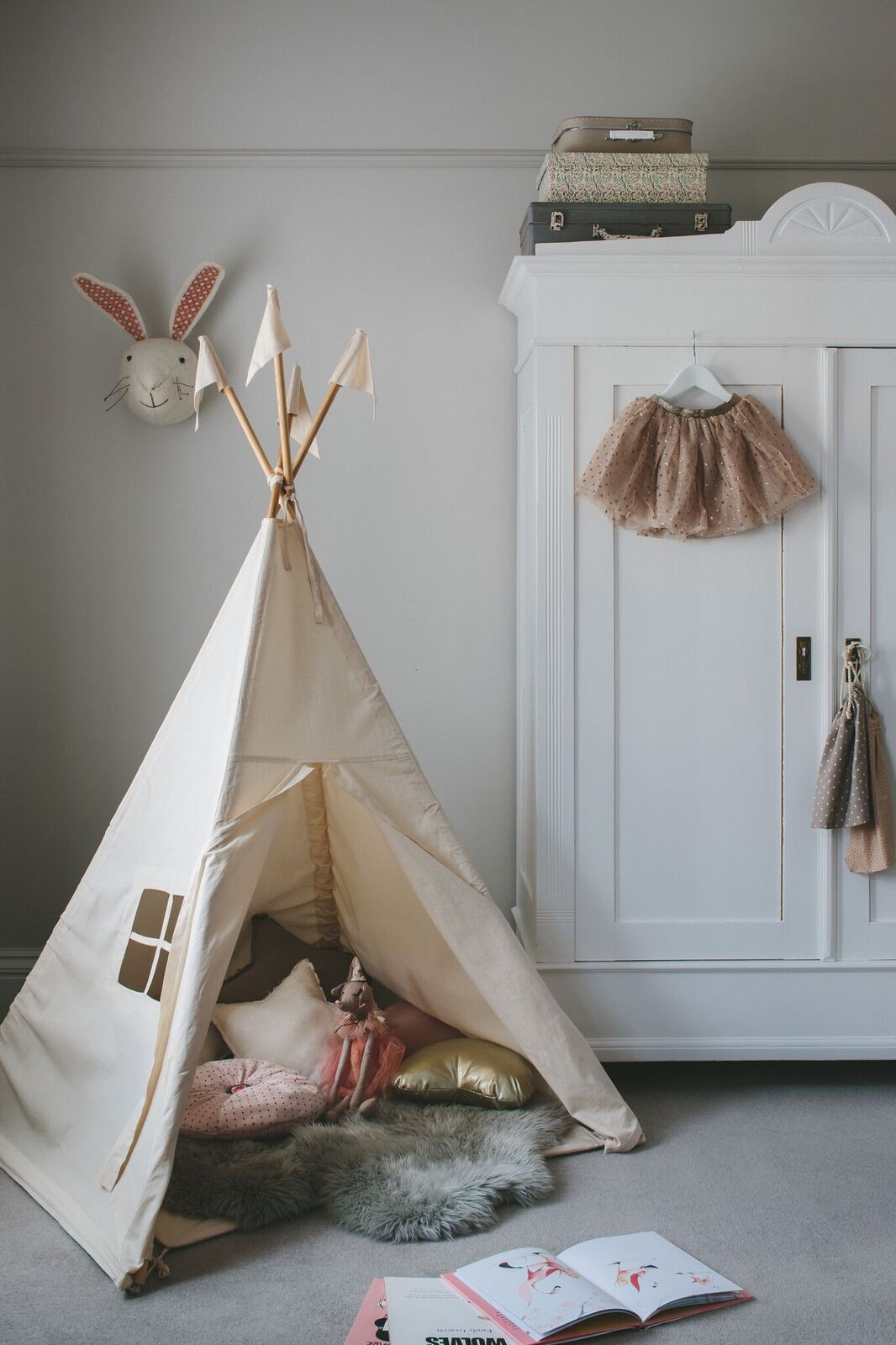
The Kondo way:
There is another method some of you may have heard of, and that’s the Marie Kondo way. Marie Kondo is an internationally bestselling Japanese declutter guru who wrote a little book called ‘The life-changing magic of tidying’. She wrote this when she didn’t have children. Seven years later she has two, and she maintains her method works for children too.
Does it spark joy?
The core of her method is to get everything of a particular category together (say, all clothes, or toys, or books), and go through them one by one. Holding each item, you ask yourself (or your child) whether it “sparks joy”. This is not to be confused with whether someone dear gave it to you, or whether it cost a lot. If the answer is yes, it stays, if it’s not, it will have to go. But not before saying thank you for the joy it once gave and service it rendered.

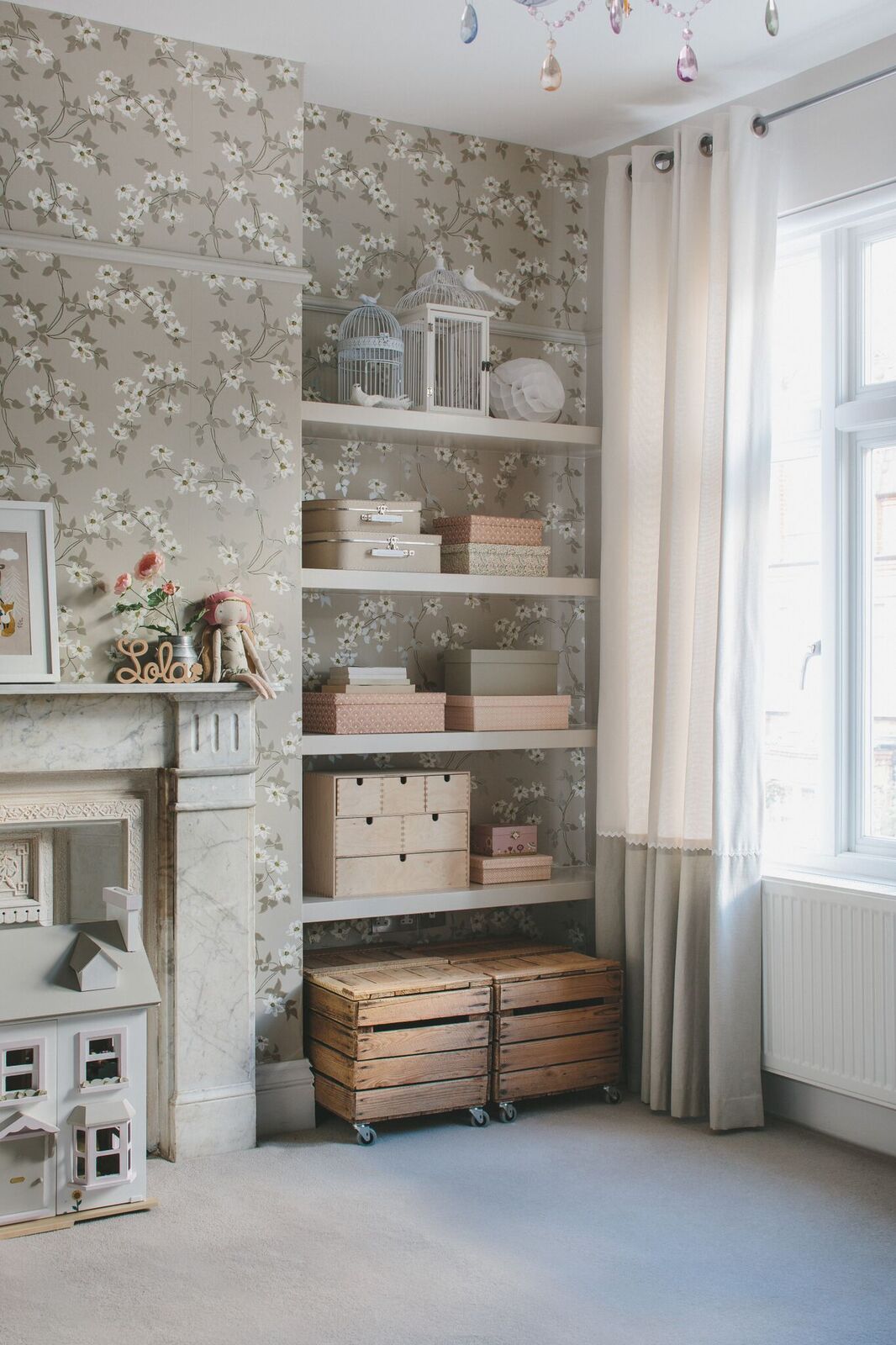
Now, unless you’ve taught your child this approach from an early age (Kondo recommends children are ready from the age of 3-4 to start making these decisions), this may be a tricky one. My sister uses it with great success, and when she suspects it isn’t really sparking joy, she’ll offer a second question: of course you can keep it, but it will have to live in your room (or another agreed limited space) – are you sure it sparks enough joy for you to want to keep it there?
I’m a fan of the method myself, but for some, phrasing like “does it spark joy” can a bit of an obstacle. I’d recommend a read, and judge for yourself. If not achievable for your kids, it may help you reduce your own possessions, letting go of the old, making room for the new.
And leading by example, your kids may follow, who knows.
Incidentally, rumour has it that Kondo is writing a book about tidying up with children, so keep an eye out for that if you become a Konvert.
Next month I’ll be sharing a new room I’ve designed, and some tips on designing Scandinavian style bedrooms. See you then!


